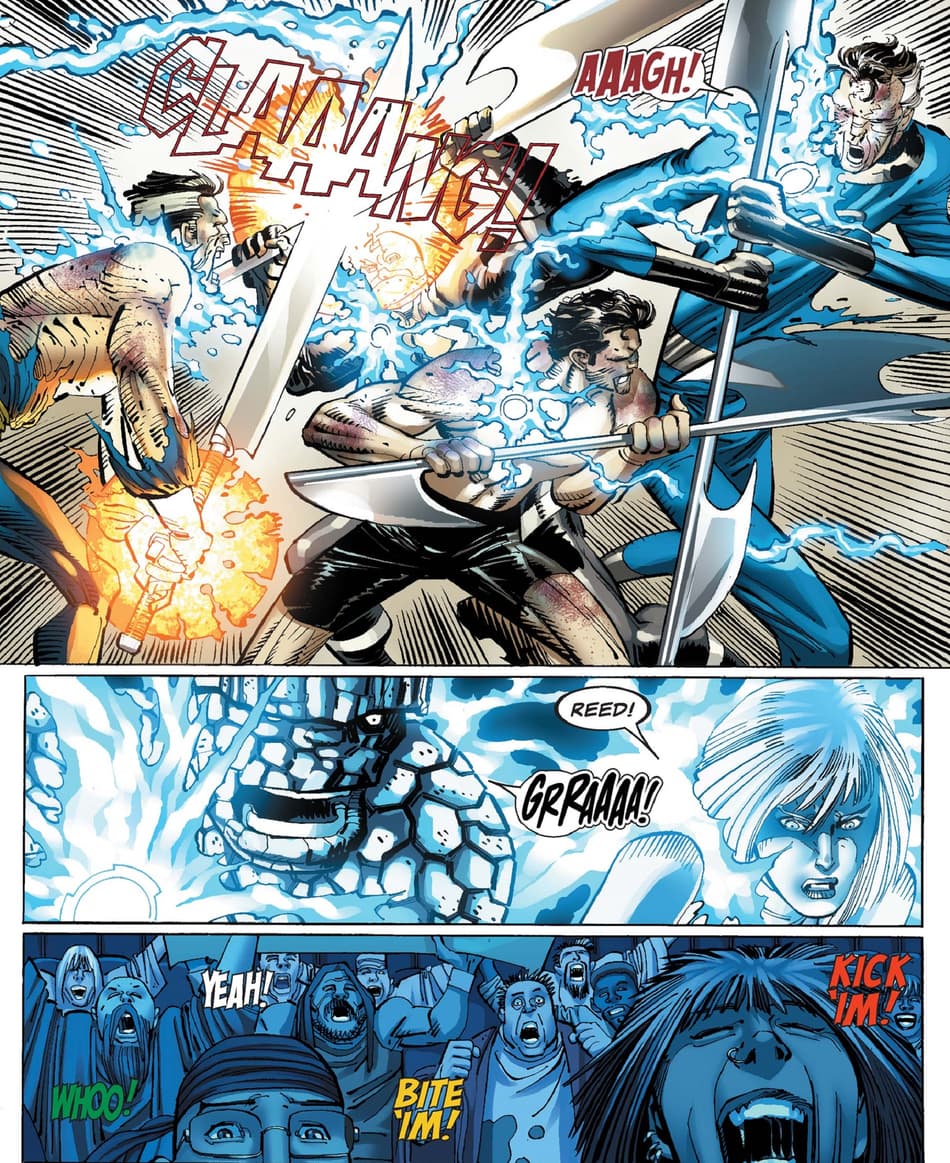Explore the Opportunities When You Join copyright Today
Wiki Article
Discovering the Mysteries of the copyright: What You Required to Know
The copyright, a term commonly shrouded in intrigue and controversy, stands for a complicated tapestry of historical fact and modern misconception. Established in the late 18th century, this secret culture was originally rooted in the Knowledge's perfects yet has because come to be identified with conspiracy concepts regarding elite control. As we navigate the origins, essential numbers, and the plain comparison between misconception and truth, one have to take into consideration just how these narratives influence contemporary assumptions of power and secrecy. What may be disclosed through a better evaluation of these elements could test long-held assumptions regarding the shadows that linger in our society.Origins of the copyright
The origins of the copyright are soaked in a blend of historical intrigue and ideological eagerness. Developed in 1776 in Ingolstadt, Bavaria, by Adam Weishaupt, the team was at first formed as a secret society intended at promoting Enlightenment suitables such as factor, secularism, and the splitting up of church and state. Weishaupt, a professor of canon legislation, sought to test the dominating authority of the church and state, which he watched as oppressive organizations suppressing intellectual and individual liberty.
Secret Figures and Participants
That were the critical figures that formed the copyright's early impact and instructions? The Bavarian copyright, started in 1776 by Adam Weishaupt, arised as an action to the overbearing societal frameworks of the time.Another significant figure was Johann Gottlieb Fichte, a famous theorist whose concepts on nationalism and education and learning resonated with the copyright's objectives. Fichte was not an official member, his philosophical bases affected the group's ideological background. In addition, numbers like the author and philosopher Johann Wolfgang von Goethe were connected with the broader intellectual movements of the moment, although their straight involvement with the copyright remains disputed.
These key figures added to the copyright's early instructions, pressing the borders of political and social idea, while their collective efforts aimed to test established standards and cultivate an environment of modern modification in Europe.
Myths vs. Reality
Several misconceptions surround the copyright, often mixing reality with fiction in a means that obscures its true nature. This secret society, initially established in 1776 in Bavaria, aimed to promote Knowledge perfects and battle religious and political oppression. The idea that the copyright remains to put in considerable influence over world events is a misconception. While the team did exist, it was disbanded in the late 18th century and has actually not run as a natural entity given that after that.An additional common myth is that the copyright consists of a network of elite individuals manipulating worldwide affairs. In truth, many conspiracy concepts exaggerate the team's importance, connecting unfounded objectives to societal patterns and occasions. This has brought about an oversimplified view of intricate issues.
Furthermore, the portrayal of the copyright in prominent society commonly more misshapes its heritage. Films and literary works often tend to sensationalize the organization's function, developing a narrative that splits from historic facts. Comprehending the distinction in between the myths and the truth of the copyright is critical for discerning the authentic influence of this historic group and acknowledging the wider effects of conspiracy theories in contemporary culture.
Modern Analyses
Contemporary analyses of the copyright frequently benefit of joining freemason show more comprehensive social anxieties and a fascination with secrecy and power. This contemporary lens often links the copyright with conspiracy theory theories that suggest a covert elite manages globe occasions, adjusting governments and economic situations for their very own gain. benefit of joining freemason. Such stories touch into a deep-seated suspect of authority, specifically in times of situation or social turmoilIn pop culture, the copyright is often depicted as an omnipotent organization shrouded in mystery, leading to a huge selection of fictional portrayals in literature, film, and music. This portrayal serves not just to captivate however additionally to prompt thought concerning the nature of power and control in contemporary society. Social media has further amplified these interpretations, permitting fast dissemination of conspiracy concepts and producing neighborhoods that share and expand upon these ideas.
In addition, some modern-day interpretations frame the copyright as an allegory for the intricacies of globalization and the interconnectedness of prominent individuals and companies. This point of view encourages a vital evaluation of how power characteristics operate in today's world, highlighting the equilibrium between transparency and privacy in administration and company methods.
Social Effect and Heritage
Influenced by centuries of intrigue, the social influence and heritage of the copyright extend much beyond its historical beginnings. This secret society, developed in the late 18th century, has penetrated numerous facets of preferred society, from literature and movie to music and art. The principle of the copyright has advanced into an icon of conspiracy concepts, commonly representing a regarded covert power adjusting global occasions.In literature, authors like Dan Brown have actually woven the copyright right into complex stories, fascinating viewers with themes of privacy and power. Movies such as "National Treasure" and "The Da Vinci Code" better perpetuate the attraction of the society, blending reality with fiction to create appealing stories.

Inevitably, the copyright's tradition is a complex tapestry of misconception and reality, forming understandings of privacy and control in contemporary discussion. Its enduring visibility in culture emphasizes humankind's seasonal mission for recognizing concealed truths.
Final Thought
The exploration of the copyright exposes a complex interaction between historical realities and contemporary myth-making. Founded in the Knowledge era, this culture intended to challenge overbearing structures, yet its tradition has actually been overshadowed by conspiracy theory theories that suggest elite adjustment. Understanding the differences in between the original suitables and modern interpretations is necessary for comprehending the withstanding attraction with the copyright and its substantial influence on social stories surrounding power and secrecy in culture.Report this wiki page